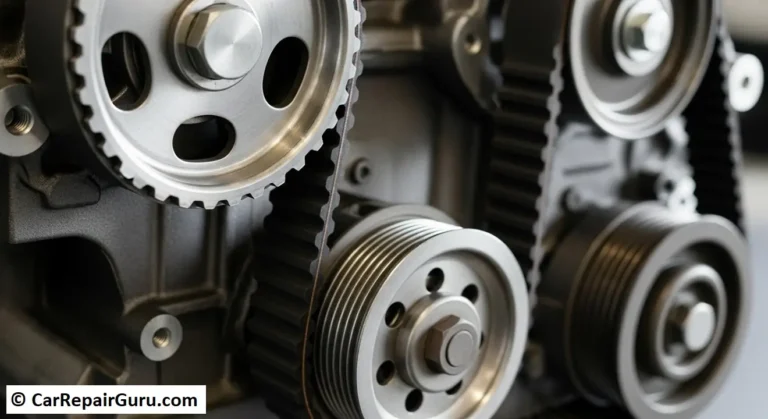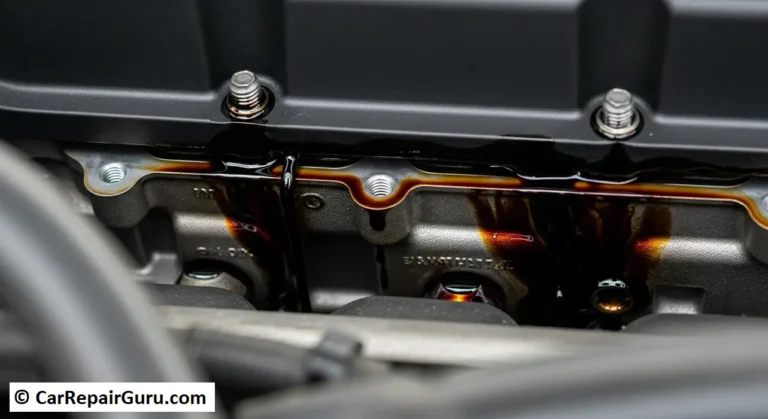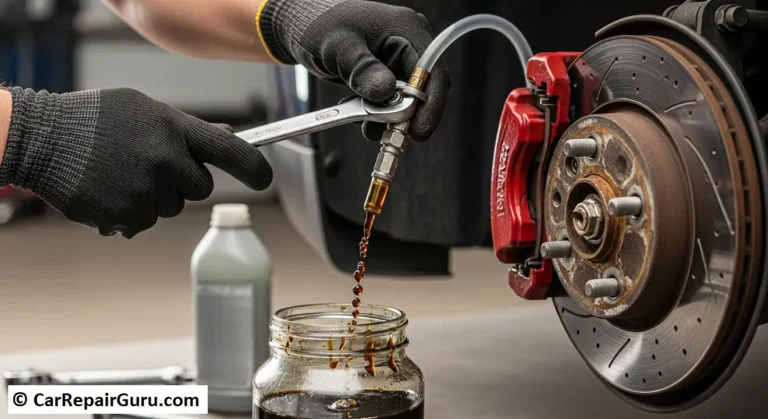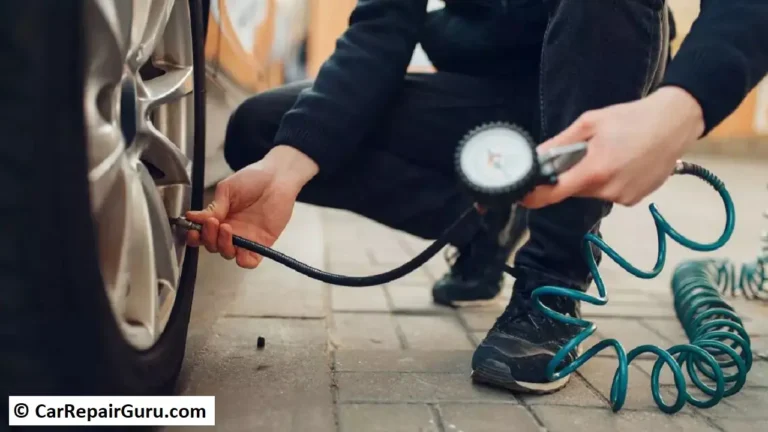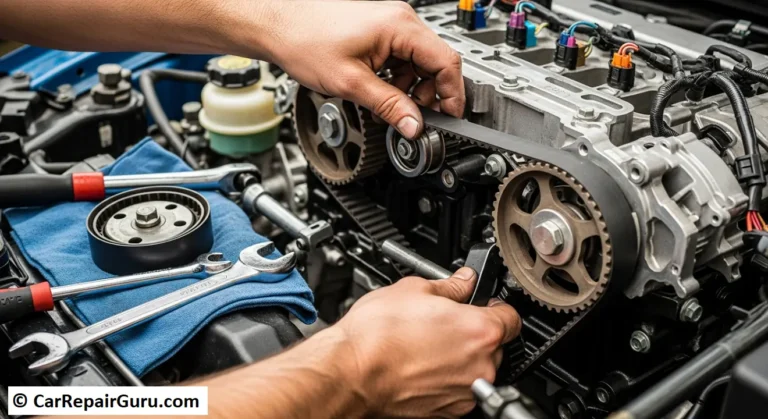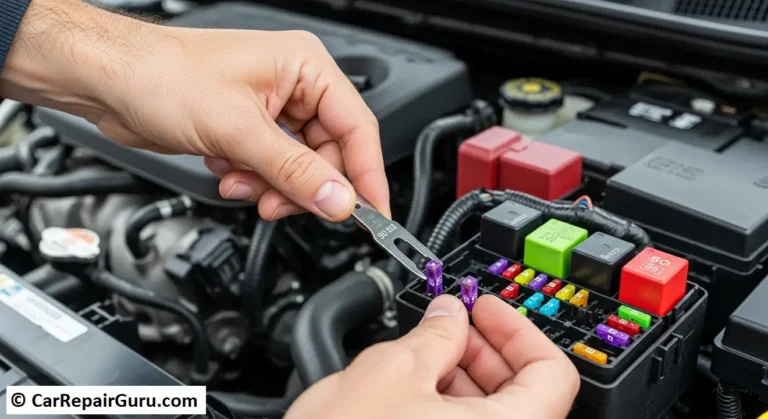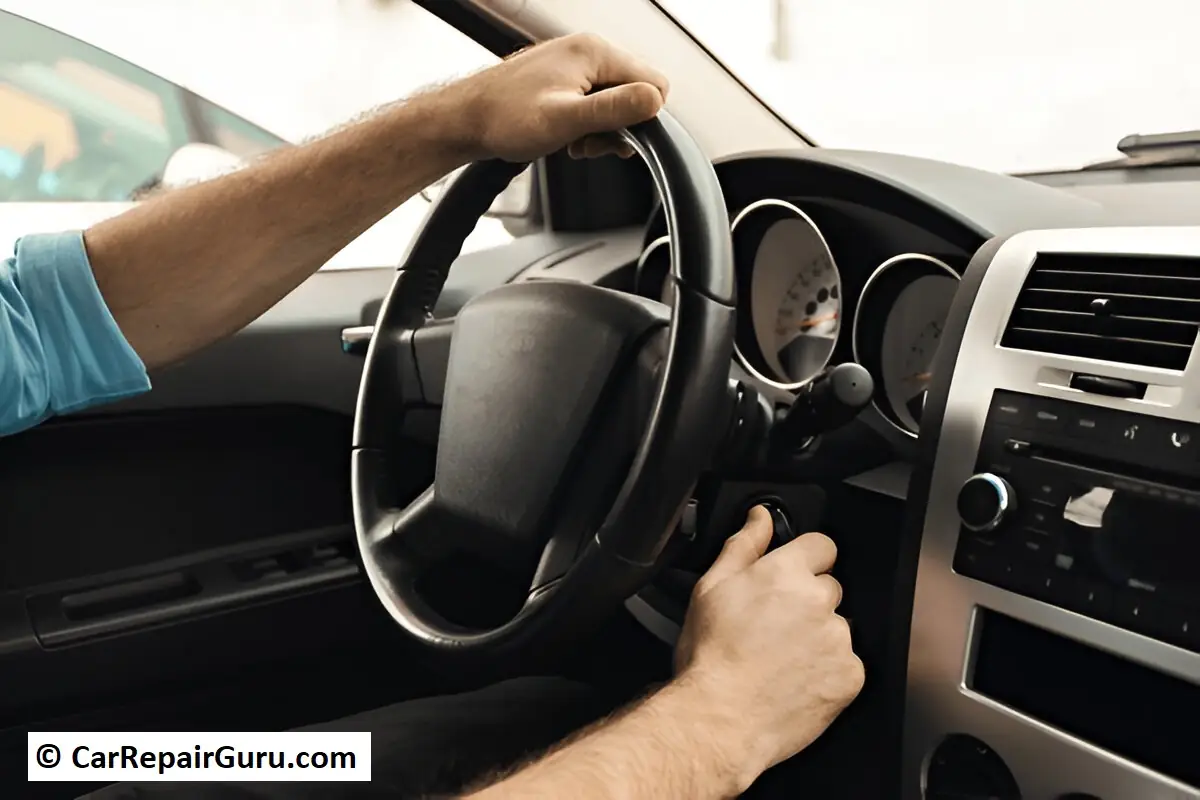
Experiencing the frustration of a car that starts and then immediately dies? You’re not alone! This common problem plagues many drivers, often leaving them stranded and unsure of the culprit. Don’t worry, this comprehensive guide will walk you through the common causes, troubleshooting tips, and solutions when your car starts then dies.
Why Does My Car Start Then Die?
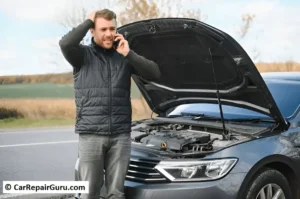
A car dying after starting is a clear sign that a vital system isn’t functioning correctly. When your car starts then dies, it’s trying to tell you something! Let’s dive into the most prevalent reasons:
1. Fuel System Malfunctions: Starved for Fuel
A consistent flow of fuel is essential for your engine to run. Any disruptions here can lead to a car starting then dying:
- Clogged Fuel Filter: This acts like a blocked artery, restricting fuel flow to the engine.
- Failing Fuel Pump: A weak or failing pump won’t provide adequate pressure to deliver fuel effectively, potentially causing your car to start then die quickly.
- Clogged Fuel Injectors: These deliver fuel into the engine. If clogged, they disrupt the crucial fuel-air mix.
- Fuel Leaks: Leaks in fuel lines directly reduce the amount of fuel available, causing engine starvation and a stall.
2. Ignition System Failures: The Spark of Life Extinguished
A healthy ignition system is vital to ignite the fuel-air mixture. Problems here can prevent your engine from staying alive:
- Worn Spark Plugs: Worn-out plugs won’t create the necessary spark for ignition, making it hard for your car to stay running.
- Faulty Spark Plug Wires: These transmit the spark; damage or wear disrupts this process.
- Malfunctioning Distributor: The distributor ensures the spark is sent to the correct cylinder at the right time. A faulty distributor throws off this timing.
- Failing Ignition Coil: This component provides the high voltage needed for the spark plugs. A failing coil means a weak or absent spark.
3. Electronic Control System Glitches: The Brain Behind the Operation
Modern cars rely heavily on sensors and computers. Issues here can cause a cascade of problems, including a car starting then stalling:
- Faulty Sensors: Sensors like the Mass Air Flow (MAF), Throttle Position Sensor (TPS), or Crankshaft Position Sensor (CKP) provide critical data to the ECU. Incorrect readings confuse the engine control, leading to stalling.
- Electronic Control Unit (ECU) Problems: The ECU is your car’s brain, managing engine functions. A faulty ECU can misinterpret data or send incorrect signals, leading to your car dying after starting.
4. Mechanical Issues: The Heart of the Problem
Beyond the fuel, ignition, and electronic systems, mechanical problems within the engine itself can cause a car to start then die shortly after:
- Timing Belt/Chain Issues: This belt synchronizes the engine’s valves and pistons. A broken or slipped belt disrupts this timing, leading to severe engine damage and stalling.
- Low Compression: Compression is essential for combustion. Worn piston rings, damaged valves, or head gasket issues can cause low compression, making the engine difficult to start or causing it to stall.
- Vacuum Leaks: Engines rely on a vacuum to function correctly. Leaks in hoses or intake manifolds can disrupt this vacuum, leading to a variety of issues, including stalling.
Car Starts Then Dies: Troubleshooting Tips
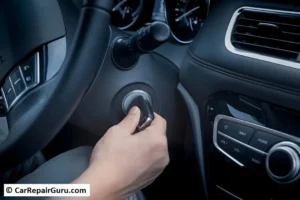
1. Check for Obvious Signs:
- Warning Lights: Is the Check Engine Light on? This indicates a potential problem with the engine or emissions system.
- Strange Smells: A strong gasoline smell indicates a potential fuel leak. A burning smell could be an electrical issue.
- Unusual Noises: Listen for any unusual clicking, grinding, or whining sounds that could point to a specific problem.
2. Start with the Basics:
- Battery Connections: Ensure battery terminals are clean and tight.
- Fuel Level: Make sure you have enough gas! It sounds obvious, but a low fuel level can definitely cause a car to start then die.
- Fuses: Check the fuse box for any blown fuses related to the fuel or ignition system.
3. Don’t Ignore the Obvious:
-
Recent Repairs or Modifications: If the problem started after recent work on your car, it’s possible something wasn’t installed correctly.
Car Starts Then Dies: Solutions
Finding the exact cause of your car starting then dying is key to applying the right solution. Here are some common fixes:
1. Fuel System Solutions:
- Replace the Fuel Filter: Regular replacement is crucial for good engine health.
- Inspect and potentially replace the Fuel Pump: This often requires a mechanic’s expertise.
- Clean or replace Fuel Injectors: Fuel injector cleaning services can help remove deposits. Consider a quality fuel injector cleaner additive.
- Repair Fuel Leaks: This requires immediate attention to prevent fire hazards and engine damage. Seek professional help for fuel leak repairs.
2. Ignition System Solutions:
- Replace Spark Plugs: Spark plugs have a service life and should be replaced according to your car’s maintenance schedule.
- Inspect and replace damaged Spark Plug Wires: Look for cracks, burns, or damage.
- Diagnose and replace a faulty Distributor: This requires specialized tools and knowledge.
- Test and replace the Ignition Coil: A mechanic can test the coil’s output to determine if it’s functioning correctly.
3. Electronic Control System Solutions:
- Retrieve and diagnose engine codes: This requires an OBD-II scanner.
- Inspect and replace faulty sensors: Based on the diagnostic codes.
- Address ECU problems: ECU repair or replacement can be costly.
4. Mechanical Problem Solutions:
- Address Timing Belt/Chain Issues: Immediate repair is crucial to prevent catastrophic engine damage.
- Diagnose and repair Low Compression: This often involves rebuilding or replacing parts of the engine.
- Find and repair Vacuum Leaks: A mechanic can use a smoke machine or propane to locate leaks.
Car Starts Then Dies? FAQs & Answers
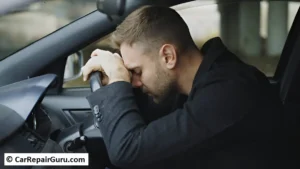
Q: My car starts and then dies after a few seconds. What could be the problem?
A: This suggests the engine is getting a brief burst of fuel or spark but then loses it. Likely culprits include a failing fuel pump, a clogged fuel filter, a faulty crankshaft position sensor, or even a security system malfunction.
Q: My car starts, runs rough for a few seconds, then dies. What’s going on?
A: A rough idle followed by stalling often points to vacuum leaks, dirty or clogged fuel injectors, spark plugs needing replacement, or a faulty idle air control valve.
Q: My car cranks but won’t start, then it starts and dies. What should I check?
A: This could indicate a weak battery or a problem with the starter motor. Check the battery connections and try jump-starting the car. If the problem persists, have the starter motor inspected.
Conclusion:
A car that starts and then dies can be a concerning experience, but armed with the knowledge of common causes and troubleshooting steps outlined in this guide, you’re better prepared to identify the issue. Remember, staying on top of regular maintenance and addressing warning signs promptly can often prevent these frustrating situations from arising in the first place. And if the problem is beyond your expertise, don’t hesitate to seek help from a qualified mechanic
Get Back on the Road Now
Experiencing this problem? Get back on the road quickly and with peace of mind. Schedule an appointment with our expert mechanics today
